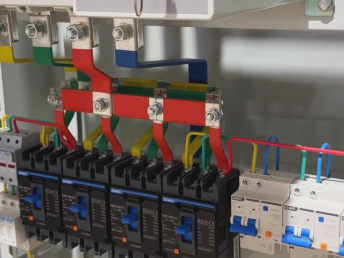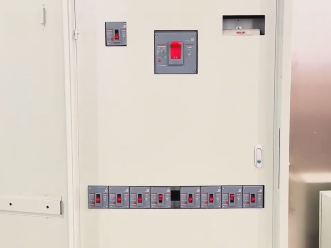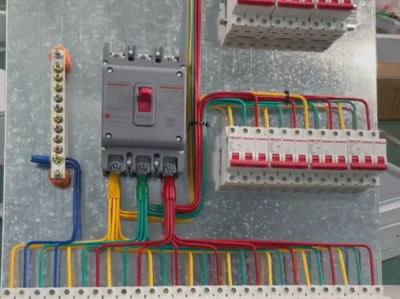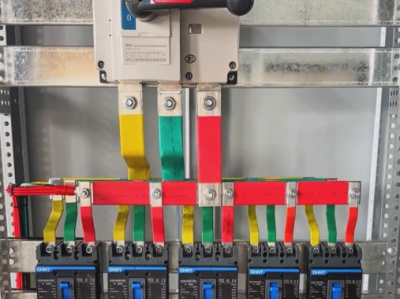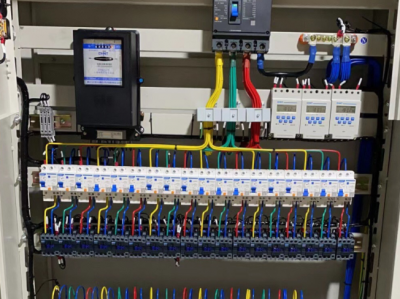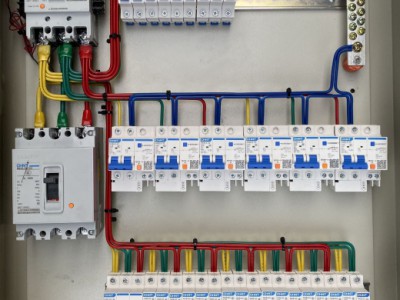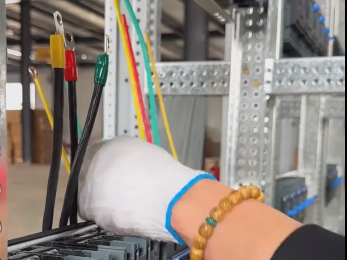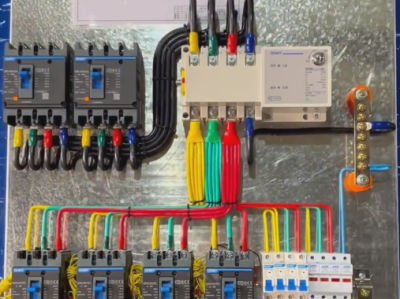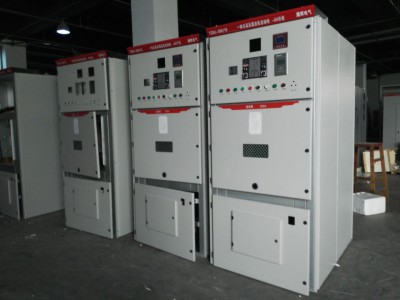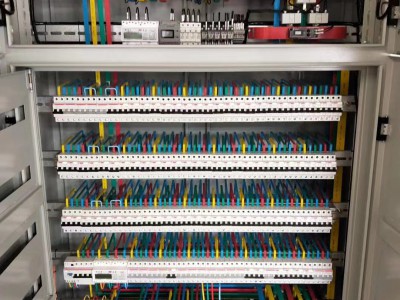Low-voltage push-button control cabinets
Product description
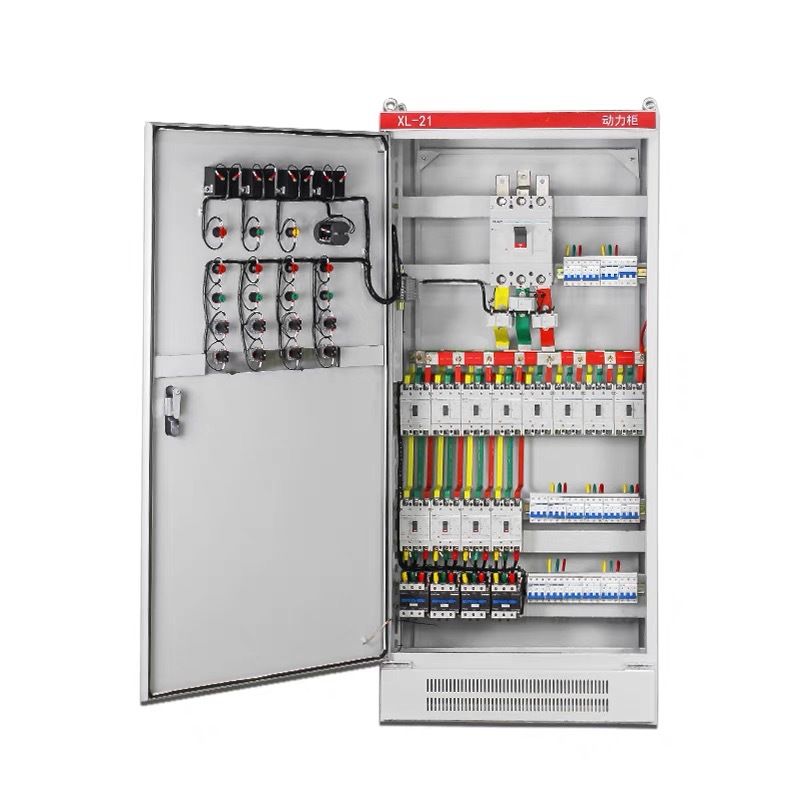 YouTube:https://youtube.com/shorts/NY0s_UX9S6s
YouTube:https://youtube.com/shorts/NY0s_UX9S6s
Low-voltage push-button control cabinets are a common type of electrical control equipment. The following is a detailed introduction to them:
### Basic Structure and Components - **Cabinet Body**: Generally made of cold-rolled steel plates, it has a certain level of strength and protection grade, which can protect the internal electrical components from the influence of the external environment. There are various specifications for common cabinet sizes, such as 1800x800x600mm, 2000x1000x800mm, etc., and they can be selected according to the actual installation space and control requirements.
- **Push Buttons**: They are the main components for the interaction between operators and the control cabinet, including start buttons, stop buttons, reset buttons, etc. These buttons usually have clear markings and a good tactile feel, are easy to operate, and can withstand a certain number of mechanical and electrical life presses.
- **Contactors**: They are used to control the start and stop of loads such as electric motors. When the start button is pressed, the coil of the contactor is energized, its main contacts are closed, and the power supply of the electric motor is connected, so that the electric motor starts to run; when the stop button is pressed, the coil of the contactor is de-energized, the main contacts are opened, and the electric motor stops running.
- **Relays**: They can realize the conversion and amplification of signals and the implementation of control logic. In some complex control circuits, relays can control the actions of multiple contactors or other electrical components according to different control conditions to achieve various control functions, such as forward and reverse rotation control and sequence control of motors.
- **Circuit Breakers**: They are mainly used to protect circuits from the influence of faults such as overload and short circuit. When overload or short-circuit current appears in the circuit, the circuit breaker can automatically trip to cut off the circuit and protect the safety of equipment and personnel.
- **Thermal Relays**: They are used for overload protection of electric motors. When the electric motor runs under overload for a long time, the bimetallic strip of the thermal relay will bend due to overheating, push the contacts to act, and cut off the coil of the contactor, so as to protect the electric motor from being burned out.
- **Terminal Blocks**: They are used to connect various electrical components in the control cabinet and the wires and cables of external equipment, facilitating the connection and maintenance of circuits.
### Working Principle - When the operator presses the start button, the control circuit is connected. The current passes through components such as buttons and contactor coils, causing the contactor to close, the main circuit to be connected, and the electric motor to start running. At the same time, the auxiliary contacts in the control circuit can realize the self-locking function to maintain the closed state of the contactor, so that the electric motor continues to run until the stop button is pressed, the control circuit is disconnected, the contactor is released, and the electric motor stops.
- In some applications that require forward and reverse rotation control, the forward and reverse rotation of the electric motor is achieved through different wiring methods and control logic of two contactors. When the forward rotation button is pressed, the forward rotation contactor closes and the electric motor rotates forward; when the reverse rotation button is pressed, the reverse rotation contactor closes and the electric motor rotates in reverse. In order to prevent the short-circuit fault caused by the simultaneous closing of the two contactors, an interlocking link is usually added to the control circuit.
### Functional Features
- **Diverse Control Functions**: It can realize control functions such as starting and stopping, forward and reverse rotation, and speed regulation of electric motors, meeting the operation requirements of different production processes and equipment.
- **Complete Protection Functions**: Equipped with multiple protection functions such as overload protection, short-circuit protection, and undervoltage protection, it can effectively protect electric motors and other electrical equipment from damage caused by electrical faults, improving the reliability and service life of the equipment.
- **Convenient and Intuitive Operation**: Through operating elements such as buttons, operators can easily control the equipment. Meanwhile, some control cabinets are also equipped with display elements such as indicator lights, which can intuitively display the operating status of the equipment, facilitating operators to timely understand the working conditions of the equipment.
- **Strong Expandability**: Functional modules such as PLCs, frequency converters, and sensors can be added according to actual needs to achieve more complex control functions and automation control requirements, meeting the personalized needs of different users.
- **High Reliability**: High-quality electrical components and reasonable circuit designs are adopted, with high anti-interference ability and stability, enabling it to operate stably for a long time in harsh industrial environments.
Application Fields
- **Industrial Production**: For example, in industries such as mechanical processing, metallurgy, mining, and petrochemical engineering, it is used to control the electric motors of various production equipment to realize the automation control of the production process, improving production efficiency and product quality.
- **Construction Field**: In the water supply and drainage systems, air-conditioning systems, elevator systems, etc. of high-rise buildings, it is used to control the operation of equipment such as water pumps, fans, and elevators to ensure the normal operation of various equipment in the building.
- **Transportation**: In transportation places such as railways, ports, and airports, it is used to control the electric motors of electric cranes, electric transfer vehicles, airport baggage conveyor equipment, etc., ensuring the smooth and efficient transportation.
- **Municipal Facilities**: It is used in municipal facilities such as urban sewage treatment plants, waterworks, and street lamp control systems to control and protect various pumps, fans, lighting equipment, etc., improving the operation and management level of municipal facilities.

